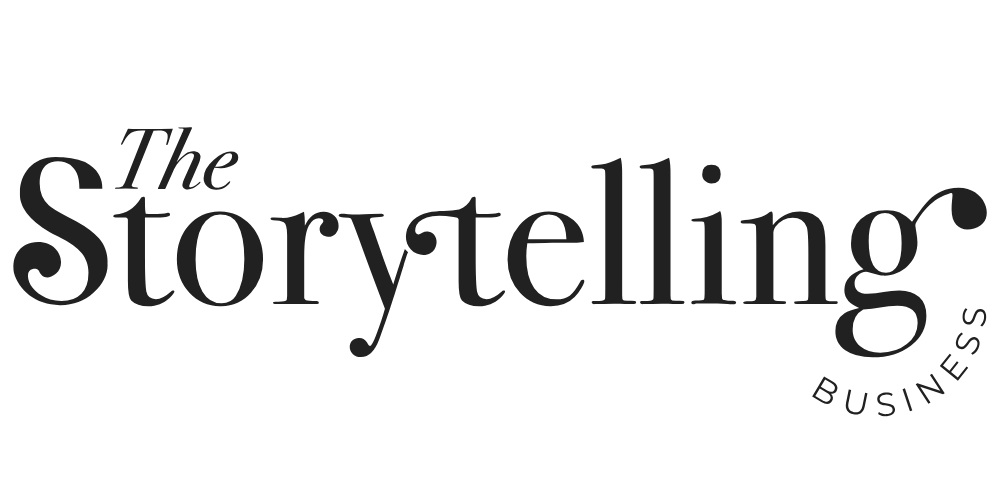Building a personal brand around values leads to vague, static positioning. Discover my smarter, more dynamic approach to personal branding.
If you’ve been told to start your personal brand by identifying your core values, you’re not alone.
This advice has become a default in the world of personal branding. It’s included in every second checklist, course, and workshop on the topic:
- “Start with your values.”
- “Align your brand with your values.”
- “Let your values guide your content.”
But after almost a decade working in brand land – both client and agency side, for businesses and individuals – I’ve discovered that this framework is deeply flawed.
This is not because values don’t matter. They do, especially in your personal life. But as they are used in marketing and branding, values are often misunderstood, misapplied, and given weight they cannot carry.
As a personal brand designer for thought leaders, I want to challenge the assumption that values should be the foundation of your personal brand. Instead, I offer a more dynamic, context-aware approach that reflects the reality of being a person in motion, and a professional navigating disruption.
The Myth of Fixed Values
It is comforting to imagine that our values are fixed and enduring truths that we carry through life. It suggests that through consistency, we achieve integrity. But in practice, values are far more fluid – and this doesn’t make us bad, inconstant, untrustworthy people.
In practice, values are fluid. Our values can shift depending on our environment, our relationships, the stage of life we’re in, or the challenges we face.
We may prioritise community in one season, and autonomy in another.
We may compromise a deeply held principle in service of a greater collective outcome.
We may discover that a “value” we once held was actually inherited, expected, or shaped by others – not something we consciously chose.
None of this makes us inauthentic. It makes us human.
And yet, many personal branding approaches ask people to commit to a static set of values – as though they exist in a vacuum. Businesses are regularly called out on social media by a disgruntled employee or consultant for ‘failing to live up to their values’ – as if a dynamic entity could consistently sustain its activity within five succinct principles dreamed up by internal comms and HR on an optimistic day.
The Real Problem with Values-Based Branding
Values are difficult to define meaningfully, especially in a branding context. Most exercises reduce them to a tick-box list of aspirational traits: like Kindness, Innovation, Passion or Integrity.
These are not values, however. They are attributes.
They describe how someone behaves or wants to be perceived, not what fundamentally drives them in complex, shifting environments. And when used to “define” a personal brand, they often serve more as decoration than true definition.
Worse, this approach encourages people to brand themselves around a set of words that are:
Overused and vague,
Disconnected from lived experience, and
Difficult to translate into strategic, differentiated positioning.
This results in personal brands that sound remarkably similar (does ‘authentic services for purpose-led brands’ sound familiar anyone)? It also misses the opportunity to articulate a deeper, more original story.
A More Nuanced Approach to Personal Branding
Rather than starting with values, I encourage individuals to think of their brand as a living system, personified by an archetypal character. Personal branding is a professional growth strategy, and by its very nature will evolve over time with you, respond to context, and reflect your growth.
Here are the core elements I recommend focusing on instead:
1. Replace values exercises with journaling and pattern spotting
What are the consistent threads or themes that show up in your work, actions, decisions, and relationships? These often reveal more than a declared “value” ever could.
2. Name values for what they really are – attributes
Yes, those buzzwords can be useful, but only when grounded in behaviour. Instead of picking them from a list, we uncover them through archetypes, feedback, and observation.
3. Frame your Desire through Archetypes, not Values
My archetype work with clients offer a far richer, more expressive foundation for your brand. They help align your energy, expression, and positioning, while still allowing room for nuance, evolution, and complexity.
4. Ditch Values for Big Ideas and a Strong Point of View
What do you believe about your industry, your audience, or the future of your field? A strong, well-articulated perspective will make your brand more memorable and meaningful than a list of values on your website.
4. Replace Values Tick Lists with Narrative Visioning
What are you growing into? Where are you pushing the edges of your comfort zone or expertise? Narrative visioning is your northpoint to keep you on track so you get there. Brands become powerful when they hold space for transformation.
A Brand That Moves With You
Your personal brand is a professional asset. It should be strategic, considered, and aligned with your goals. But it should also be capable of movement – just like you.
The goal is not to create a personal brand that boxes you in. The goal is to design a brand that evolves as you do.
That means stepping away from frameworks that suggest you must define yourself once, in a vacuum, and never shift. It means letting go of the myth of consistency at all costs. And it means embracing creativity, narrative, and nuance in how you express your work in the world.
Final Thoughts
Values are important, but they are not the foundation of a strong personal brand. They are part of a much more complex picture.
If you’re building (or rebuilding) your personal brand, start with who you are today, how you move through the world, what you want to contribute, and where you’re headed next.
Let me help you build from here. Book a personal brand design experience with me, one-on-one.



